TikTok Shop Raises Seller Fees Across Europe as Platform Pushes for ‘Content-Driven Commerce’ Expansion
Reading Time: 3 minutesTikTok Shop is raising its sales commission for merchants across five active…
When you list a thing available to be purchased in a bartering style listings on eBay, you pick a beginning cost and intrigued purchasers place offers. At the point when the bartering closes, you pitch to the most noteworthy bidding and succeed on eBay with auctions on eBay or eBay auction listings.
eBay is most likely best known for its bartering your nature, with merchants listing a thing that begins at a base cost and requiring potential purchasers to offer on it in specific additions alongside the choice to choose ‘Get It Now‘ to maintain a strategic distance from an offering war and buy it right away.
At the point when the shoe’s on the other foot, you as the dealer pay a solitary last esteem charge to list the thing. When you list a thing, you get the chance to put it available to be purchased for 10 days (with the sole special case being things inland barters).
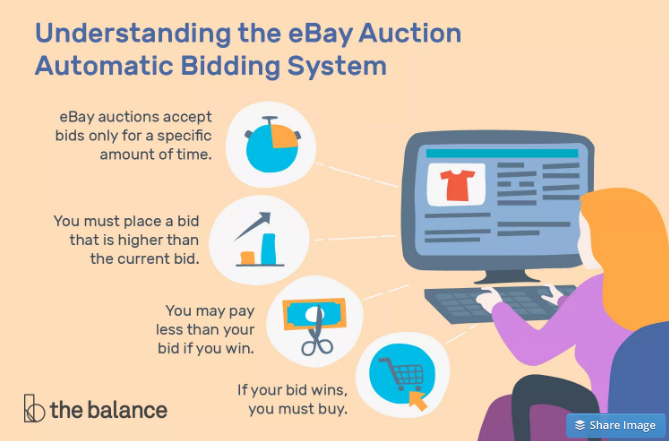
What’s more, in the event that your thing sells inside that time allotment, at that point you get an additional expense credit. Look at this page so you can see precisely how addition charge credits work.
Numerous more up to date eBay vendors aren’t sure which listing type to utilize, sell off or fixed cost. There are points of interest and inconveniences to each. Picking which listing type additionally involves which plan of action a vendor employments.
A quick nickel demonstrates a brisk sell through at a lower cost, while the moderate dime is a slower procedure with more expensive rates.
SOURCE: eBay Quarterly Report
Stock can move rapidly through eBay barters. Contingent upon the store level, vendors get something like 250 free sell-offs a month, so there are no inclusion expenses. Last esteem charges apply to listings that sell.
Things like signed things, vintage or authentic memorabilia, or craftsmanship can sell at staggering expenses up for sale since gatherers offer. These sorts of things are constrained in number, just a couple of existing on the planet.
eBay has a component where purchasers can set cautions, so when a thing is recorded with the catchphrases entered by the purchaser, they get ready that the thing has been recorded and can bid. Another preferred standpoint of sell-offs.
One preferred standpoint of sell-offs is that the market decides the cost. Now and again merchants leave cash on the table by not estimating a Fixed Price listing sufficiently high. There is some mystery in valuing uncommon or abnormal things.
The most ideal approach to discover what a purchaser will pay is to run a closeout and let the market decide the cost.
At the point when a great deal of sell-offs end at one time, transportation can be a test. eBay occasionally offers specials where merchants can list hundreds or thousands of things for nothing.
In some cases, dealers don’t think ahead and send an extensive number of unsold things to sell. They overlook that if everything sells, the delivery could be a bad dream. A decent sell-through rate for sales is about 80%.
So on the off chance that you list 100 things on a closeout unique, beyond any doubt, you are setting aside extra cash with inclusion charges, however, be set up to ship 80 things when the listings end.
SOURCE: Reddit
For merchants who run their eBay store like a block and cement, having all their stock available to be purchased constantly, ordering on Google is something worth being thankful for.
In any case, barters aren’t live sufficiently long for ordering on Google to occur. Sell-offs keep running in terms of 3, 5, 7, or 10 days. It, for the most part, takes 30 days for something to begin appearing on Google.
The perfect individual probably won’t see the thing inside the 3-, 5-,7-, or 10-day sell-off time period. On the off chance that a purchaser who might offer on a thing isn’t online on account of movement or some other reason, they can’t offer on the thing.
Sell-offs don’t achieve a substantial number of individuals like a fixed value listing would over some stretch of time.
Sales must be overseen. In the event that a thing is unsold, the vendor needs to choose how to manage it. Abandon it in unsold thing envelope, re-show it, or dispose of it. This can’t be computerized.
Sale purchasers can take as much time as necessary to pay, as long as 4 days. This is exasperating, however, a piece of the framework.
You can list your barterings for 1, 3, 5, 7 or 10 days. A 1-day sell-off is intended for things that should be sold rapidly on the grounds that they’re time-touchy, for example, occasion tickets.
Set a beginning cost in the Choose an arrangement and value segment of the structure of the speedy listing. On the off chance that you utilize the propelled listings structure, you’ll enter the beginning cost in the Selling subtleties area.
A low beginning cost can help draw in biddings.
In case you’re selling a vehicle, you can add a save cost to ensure you get the value you need for your thing.
In case you’re a non-business vendor, programmed relists are free
There are likewise expenses for discretionary listings overhauls and supplemental administrations.
Consistently, you’ll get various free listings, which implies you can list things available to be purchased in numerous classes with no inclusion expenses – different charges may in any case apply. You’ll just pay additional expenses after you’ve spent those listings.
You won’t be charged an additional expense when you utilize your free listings. Notwithstanding, you will even now need to pay the last esteem expense when your thing sells.
A few things you ought to know about:
A few classifications don’t fit the bill with the expectation of complimentary listings. See our Category estimating list (PDF) for full subtleties.
Free listings do exclude listings updates and additionally supplemental administrations. Regardless you’ll be charged for these alternatives in the event that you use them, for example,
Consequently relisted or recharged things might be tallied towards your month to month free listings; it relies upon the listings group, which listings design you utilized and whether you’re selling on eBay as a business.
listings that are finished early, physically relisted things and copy listings are tallied towards your month to month free listings.
An auction is an auction is an auction, correct? Off-base! eBay has four kinds of auctions for your selling joy. More often than not you’ll run customary auctions, however different auctions have their unique uses, as well.
After you’ve been selling on eBay for some time, you may locate that one of different sorts of auctions better suits your necessities. Here, we should survey these auctions so you completely comprehend what they are and when to utilize them.
Customary auctions are what made eBay celebrated. You can run a conventional auction for 1, 3, 5, 7, or 10 days, and when the auction shuts, the most noteworthy bidder wins. You’ve likely offered on a few and succeeded at least a couple. Possibly, you’ve likewise made cash running your very own portion.
You start the auction with an opening offer, and bidders will offer up to your opening cost into a solid benefit for you.
In the event that you have a fixed-value posting, you can select to embed a catch under your business value that urges purchasers to make you an idea on your thing.
This is most likely one of the most established deals techniques around. (In certain nations, it’s an affront to purchase something at the posted value; wheeling and dealing is a piece of their retail culture.)
Along these lines, on the off chance that you adore the rush of wheeling and dealing, you can embed the Make Offer catch into your listings at no additional charge. somebody makes an idea on one of your things, eBay sends you an email asking that you answer to demonstrate whether the proposed cost is worth to you.
eBay won’t enable certain things to be sold in non-restricted classes, so you should show them in the Adult Only classification of eBay. eBay makes it simple for the client to discover or evade these sorts of things by making this zone open simply after the client consents to the terms and conditions.
Things in the Adult Only class are not transparently open through the ordinary eBay title seek, nor are they recorded in Newly Listed Items. Any individual who takes part in auctions for things in the Adult Only class on eBay, regardless of whether as a bidder or a merchant, must have a charge card on record on eBay for a check.
The eBay Advanced Search page includes a region where you can direct a bidder seek. You can discover a rundown of the things that you’ve offered on in the previous 30 days.
Anybody not marking in on your eBay account sees a rundown of just the things you’ve won yet that is no genuine help. One December, one shrewd little girl referenced she didn’t need a specific thing something her mother had quite recently offered on — for Christmas.
Connect your Shopify store with eBay and drive millions of visitors to your products.
-List,
-Sync,
-Automate &
Expand your sales with Shopify eBay integration HERE
This inventive little girl had been consistently scrutinizing her mother’s offering activity on eBay to perceive what she was purchasing for the occasions! A private posting would have kept this shopping mystery.
Private deals additionally function admirably for the purchasers who benefit themselves of the administrations of the mystics, card perusers, and spiritualists on eBay and don’t need their companions to think they are … well, you know. Once in a while, it’s simply best to keep things calm.
Nobody has to realize exactly the amount you pay for something. As a vendor, you have the alternative (at no additional charge) of posting your thing as private.
Read more:
Popular Items on eBay | What sells best on eBay?
How eBay Auction and fixed price listings play vital explained!!
Flourish up your eBay game with eBay fixed price listings
How To Create Great Product Listing At eBay? -CedCommerce

Reading Time: 3 minutesTikTok Shop is raising its sales commission for merchants across five active…

Reading Time: 11 minutesBy now you have seen your BFCM 2025 numbers. The harder question…
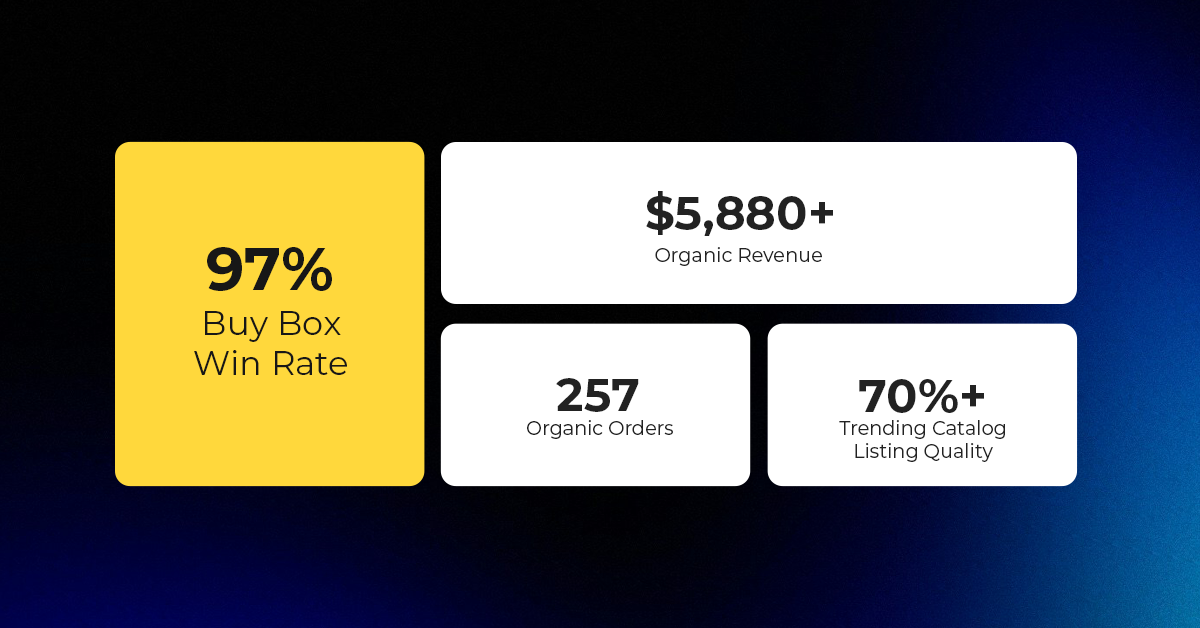
Reading Time: 3 minutesAbout the Brand Name: Vanity Slabs Inc Industry: Trading Slabs- Vanity Slabs…
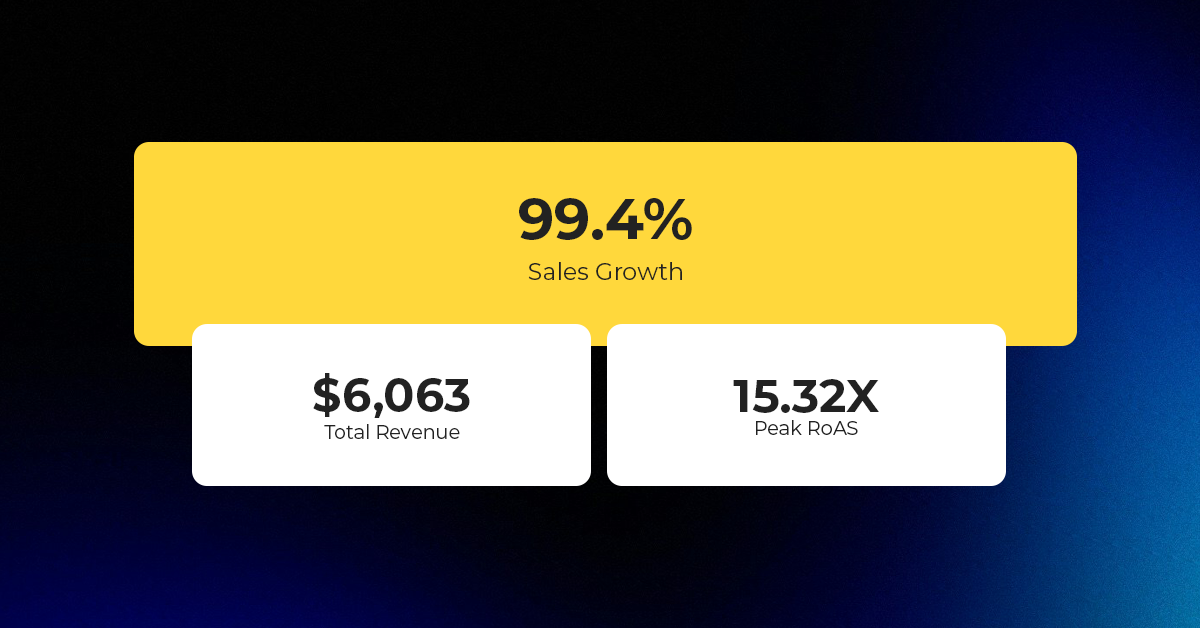
Reading Time: 2 minutesAbout the Brand Name: Ramjet.com Industry: Automotive Parts & Accessories Location: United…
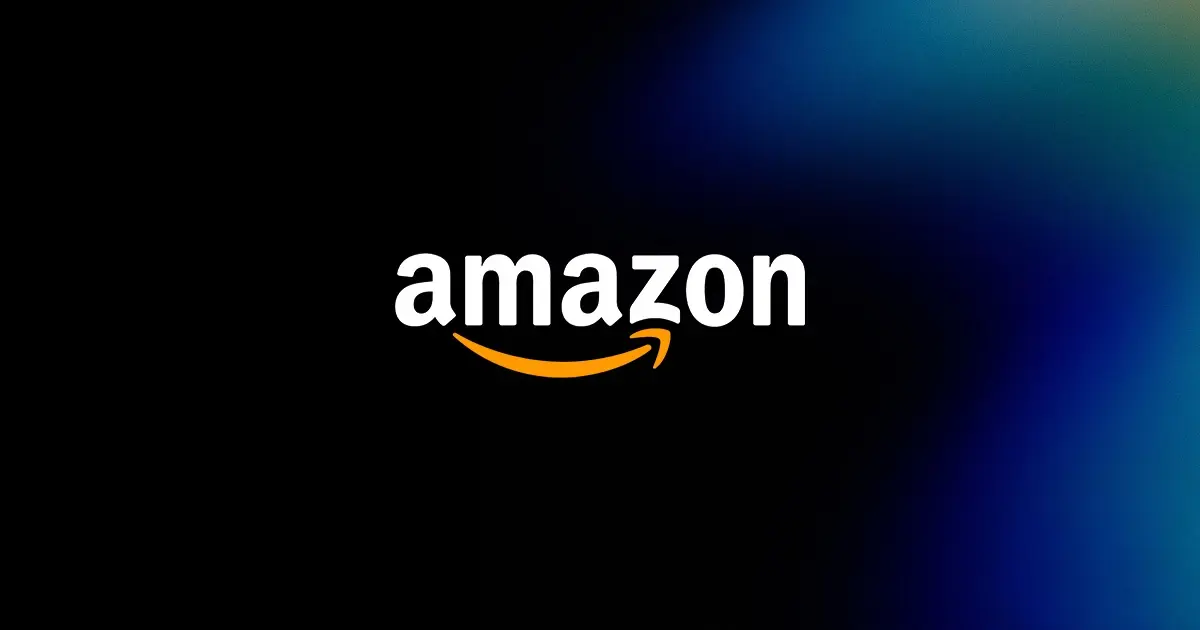
Reading Time: 2 minutesAmazon is rolling out strategic referral fee reductions across five major European…

Reading Time: 4 minutesQuick Summary: Scaling Lifestyle Powersports on eBay with CedCommerce Challenge: Zero marketplace…

Reading Time: 4 minutesTikTok has surpassed 460 million users across Southeast Asia, reinforcing its position…

Reading Time: 3 minuteseBay has released its final seller news update for 2025, with a…

Reading Time: 3 minutesAmazon has clarified its stance regarding speculation around a potential breakup between…
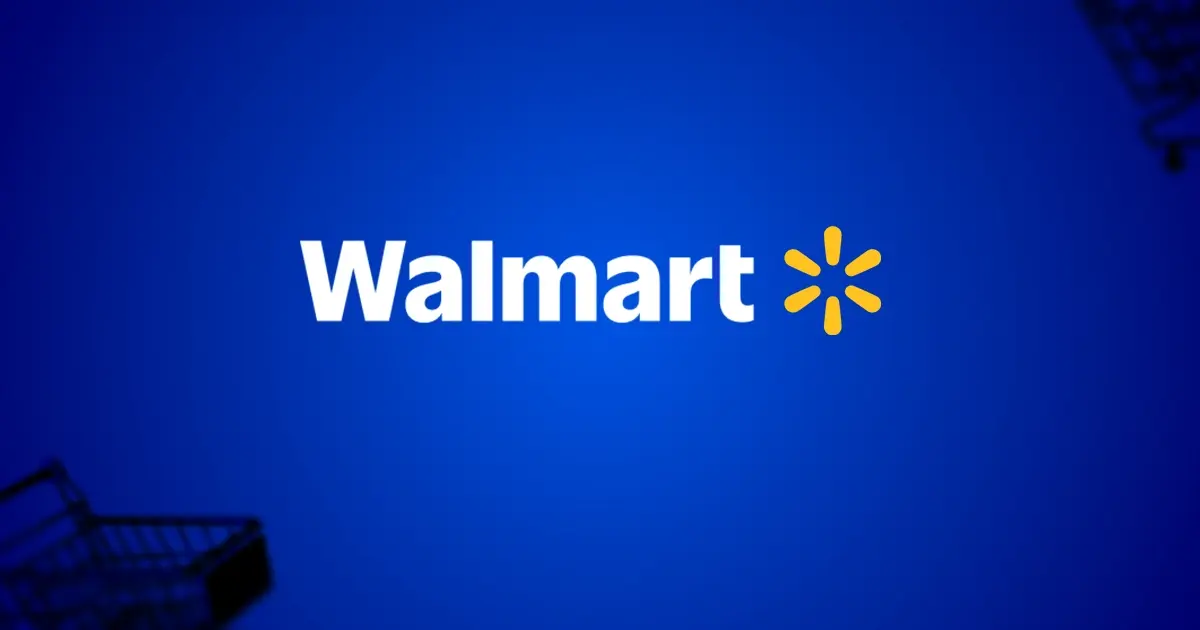
Reading Time: 4 minutesWalmart is accelerating its push into next-generation fulfillment by expanding its drone…

Reading Time: 4 minutesFaire, the fast-growing wholesale marketplace connecting independent retailers with emerging brands, has…

Reading Time: 4 minutesB2B buying in the United States is undergoing a fundamental behavioral shift…
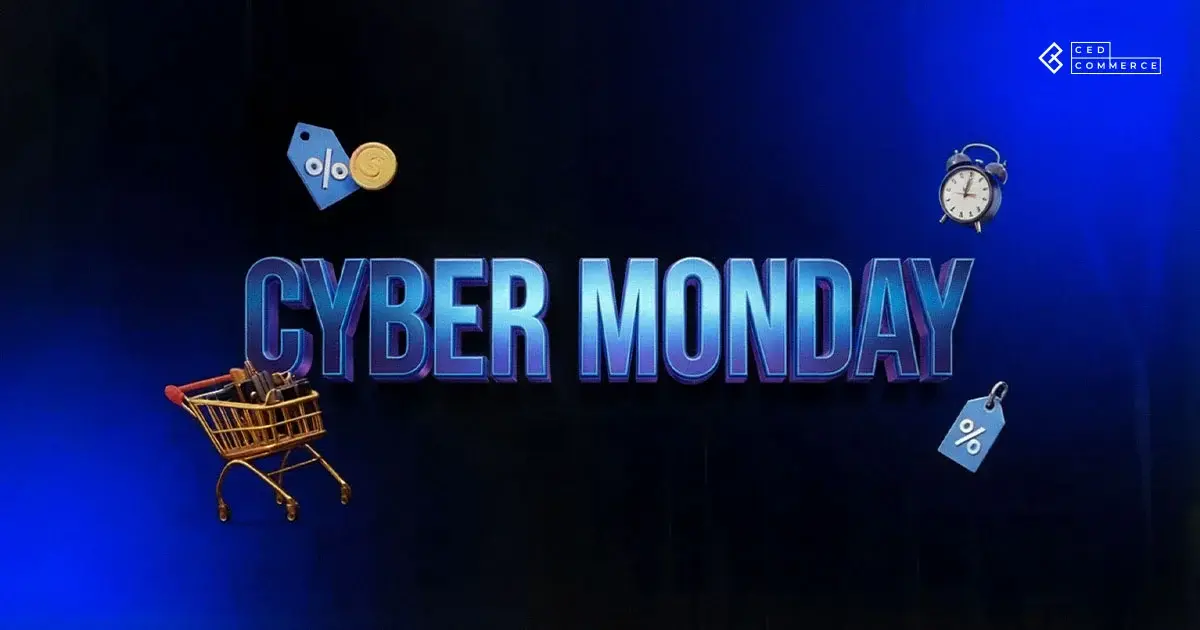
Reading Time: 3 minutesSummary Cyber Monday 2025 has officially become the largest online shopping day…

Reading Time: 2 minutesSummary Amazon kicked off December with two major developments shaping the future…
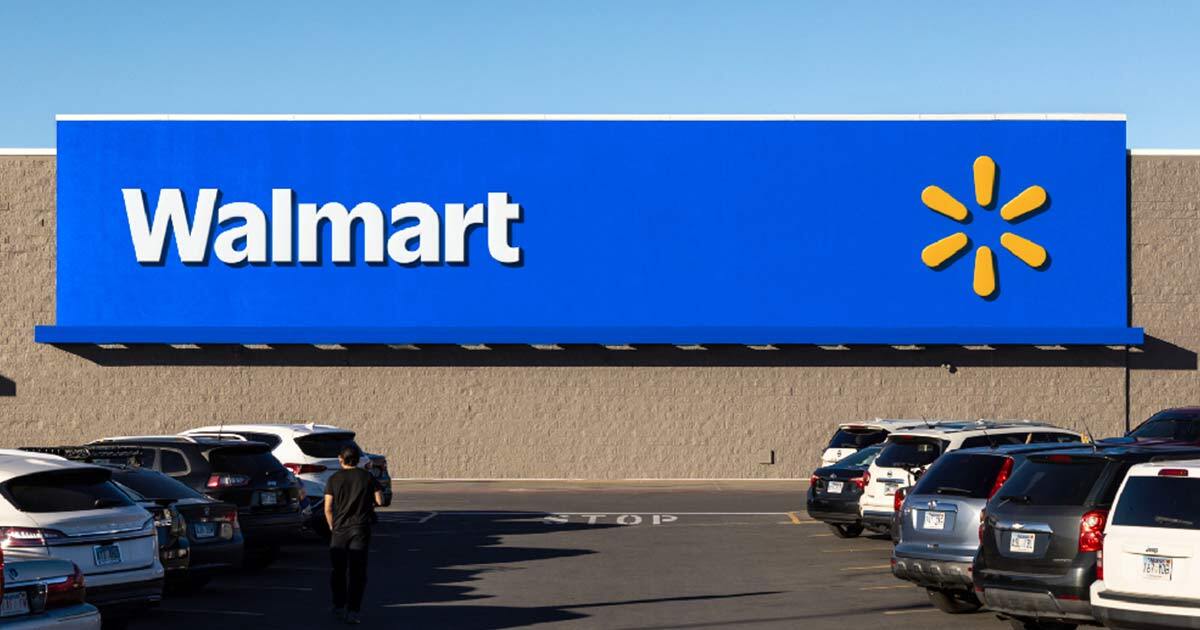
Reading Time: 2 minutesSummary Walmart has entered December with two major moves that signal a…

Reading Time: 2 minutesBlack Friday 2025 delivered the strongest U.S. eCommerce performance in history, as…
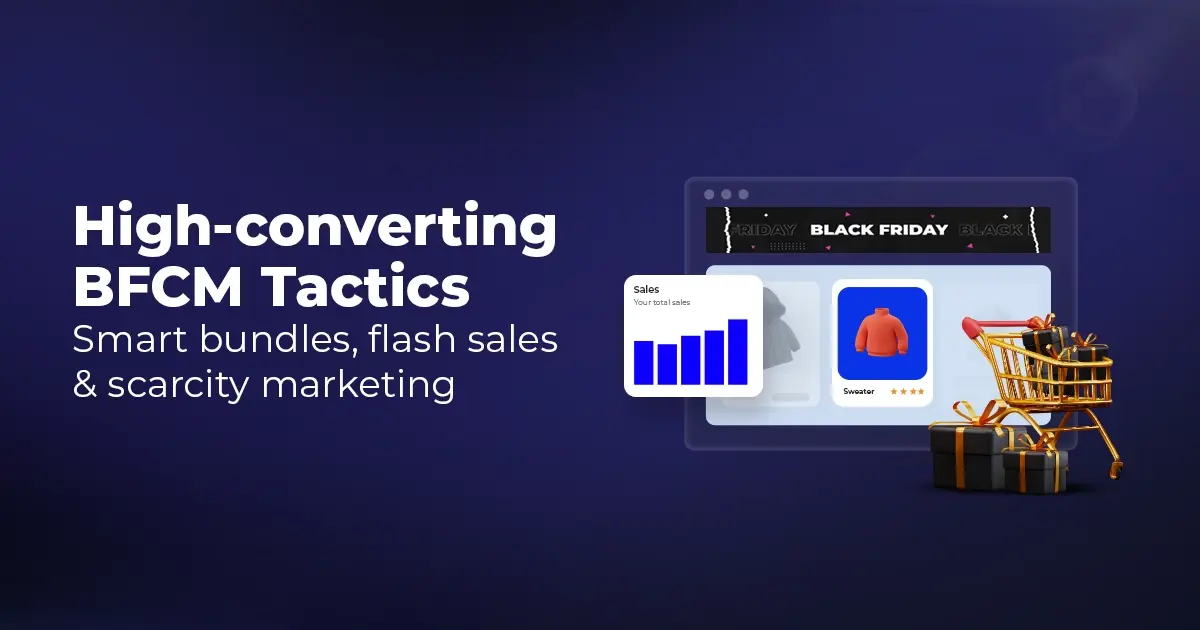
Reading Time: 13 minutesStill approaching BFCM with generic discounts, last-minute price cuts, or scattered promotions?…

Reading Time: 3 minutesTikTok Shop reached a major milestone during its largest U.S. “Global Black…

Reading Time: 4 minutesOpenAI has announced a new AI-powered shopping research tool designed to help…

Reading Time: 9 minutesIf your TikTok Shop listings often sit in review or your visibility…